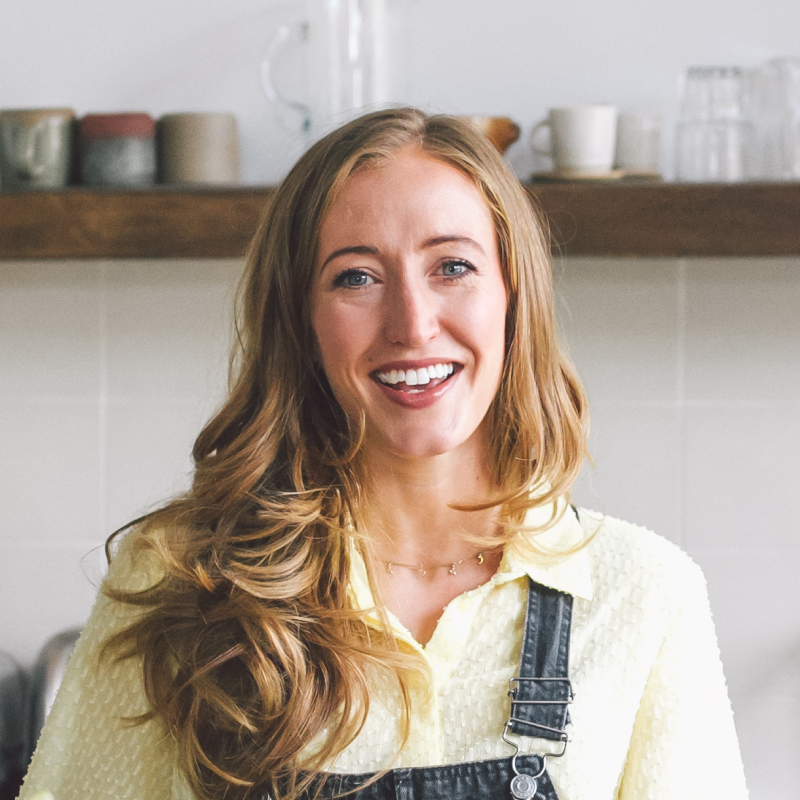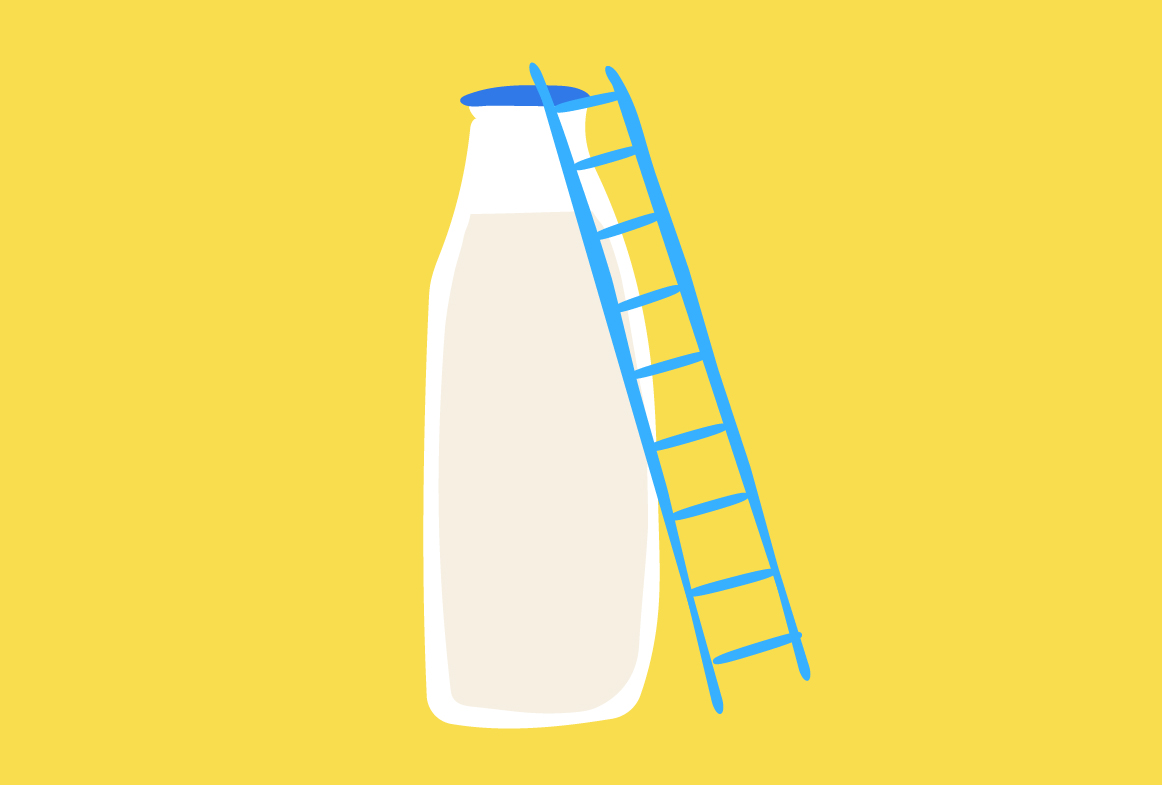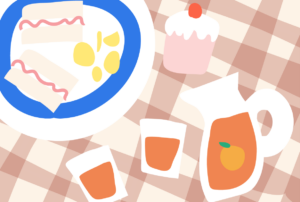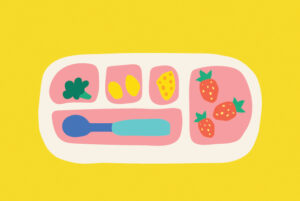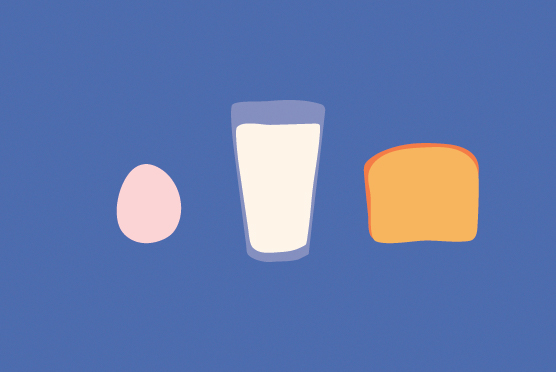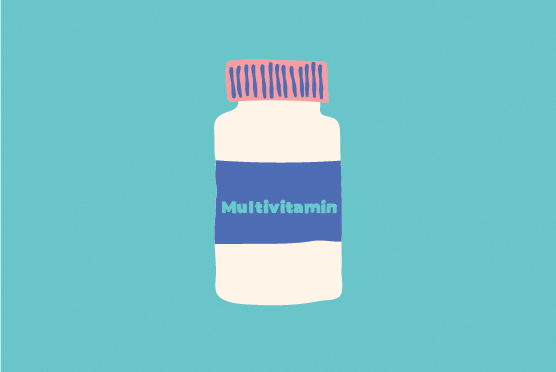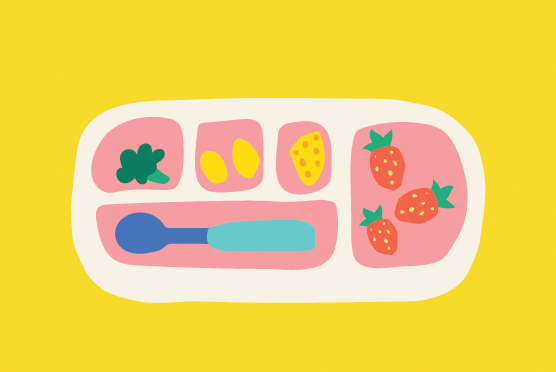Inside this article
Cow’s Milk Protein Allergy (CMPA) is one of the most common food allergies among young children. For children with a delayed type (Non-Ige mediated CMPA), the Milk Ladder is a widely recognised way to reintroduce milk protein. This blog will explore more about;
- What is the Milk Ladder?
- Who is the milk ladder for?
- When should a child start the milk ladder?
- How to use the Milk Ladder?
What is the milk ladder?
The milk ladder is an evidence-based stepwise plan to help gradually reintroduce milk and milk products to children with non-Ige-mediated CMPA. It can be completed safely at home. The ladder includes six steps or “rungs of a ladder”, working from foods least likely to cause an allergic reaction and working upwards from there. The first step includes a very small amount of well-cooked milk, and progressing up the ladder, introducing foods that contain a greater amount of cow’s milk protein and are less cooked with each step. Some key factors in the milk ladder foods affect how likely they are to cause an allergic reaction, namely;
- Heating – Milk proteins change shape with heat. The hotter they are heated and the longer they are cooked, the more they will break apart and change shape, making it more difficult for the body to recognise them.
- A matrix – suspending cow’s milk protein in a matrix like wheat (used for the first three steps), seems to also change its shape and reduce the likelihood of reaction
- Dose – the first step of the milk ladder (one biscuit) is equivalent to 0.035g of milk protein, so the ladder starts with very small amounts of milk and builds up across each step
The most common milk ladder used in clinical practice is the iMAP milk ladder, which was formulated by a team of specialist allergy professionals and can be widely found online. There are six steps to this ladder, as discussed below. This has decreased from 12 steps, which may still be appropriate for some children; however, it was found to significantly increase the burden of milk reintroduction for children with Non-IgE mediated cow’s milk allergy.
Most children (up to 80%) with non-IgE mediated CMPA will outgrow their milk allergy by their third birthday, and commencing the milk ladder is a way of working to determine and support their tolerance to cow’s milk.
Who should use the milk ladder?
The milk ladder is specifically designed for use in children with delayed-type (non-Ige-mediated) CMPA. It’s important to emphasise that the milk ladder should only be followed at home if your child has been diagnosed with non-Ige-mediated CMPA and is doing so under the guidance of a registered healthcare professional, such as a dietitian or paediatrician.
While modified versions of the milk ladder are sometimes used in children with immediate-type (IgE-mediated) CMPA, this must always be done under strict medical supervision, and only with input from a specialist allergist and/or paediatric dietitian. Reintroducing milk in children with Ige-mediated allergies carries the risk of severe allergic reactions and should never be attempted independently.
If you are breastfeeding your child with CMPA, then how you approach the ladder is up to you. The milk ladder isn’t designed for breastfeeding mothers, and it is not essential that a milk-free breastfeeding mother complete this first before their child. In clinical practice, mothers tend to;
- Fully reintroduce cow’s milk back to their own diet, before starting the milk ladder directly with their child. This can be done by gradually reintroducing all normal dairy products to their diet within 1-2 weeks./
- Follow their child behind on the milk ladder e.g. introduce step 1 foods, after a child has been found to tolerate these directly themselves.
- Remain completely milk-free until a child has progressed through the milk ladder.
If you’re breastfeeding and unsure how to proceed, it’s always best to speak with your child’s allergy team or paediatric dietitian to determine the safest and most appropriate approach.
When should a child start the milk ladder?
As a general ‘rule’, the milk ladder can be started if it has been at least 6 months since a child’s last reaction or after 6 months milk free following diagnosis. For some children, starting as early as 9-12 months can be appropriate, ensuring the foods are adapted for your child’s weaning stage. Some parents prefer to start once their child is reliably eating reasonable amounts of food, as each child will progress differently through weaning/
It is recommended to start the ladder and build each step only when your little one is well and has no active symptoms, such as eczema flares or gastrointestinal symptoms like diarrhoea. The reason for this is twofold. Firstly, they can affect your child’s sensitivity to cow’s milk protein, so their tolerance to the protein may be lower than their baseline. Secondly, we cannot be sure if the milk protein, illness, or something else is causing symptoms. Both of these factors make it difficult (if not impossible) to progress on the ladder and accurately identify their tolerance.
How to use the milk ladder?
Ideally, your child’s dietitian or doctor should talk you through the milk ladder. Here are some key pointers:
- Ensure your child is well and that all symptoms are well controlled before starting. If you are struggling to manage skin symptoms like eczema, make sure your childs skin routine is optimised.
- Start at the bottom and move gradually – Begin with the biscuits that contain well-baked milk (Step 1) and progress slowly, increasing to the amount recommended. Ideally, use the recipes for steps 1-3 of the ladder, as these ensure the right amount of milk protein is offered. If you want shop-bought alternatives, check with your dietitian.
- Wait before moving to the next step – Only move up the ladder if your child has tolerated the current step without symptoms for at least 3 – 5 days.
- Watch for symptoms: Look for signs such as vomiting, diarrhoea, worsening eczema, or abdominal pain. Stop and seek advice if symptoms return.
Disclaimer: This blog is intended for general information purposes only and does not replace individual medical or dietetic advice. Always consult your child’s healthcare provider or a registered paediatric dietitian before making any changes to your child’s diet, especially when managing food allergies or starting the milk ladder.
Resources
Some further resources and information on CMPA and the Milk Ladder can be found below:
References
https://ctajournal.biomedcentral.com/articles/10.1186/s13601-017-0162-y
